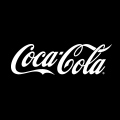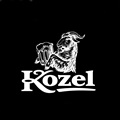Our Little Connie’s Ant Breakfast
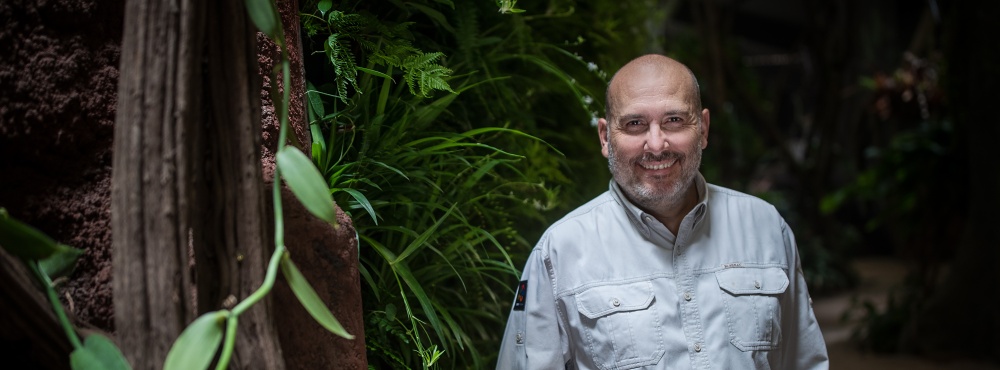
Five-month-old pangolin female Connie hasn’t even noticed the special diluted mixture. She even walked through it in the plastic feeding box and smeared it on the bottom. She thus clearly illustrated the big problem that we had been struggling with for weeks: we could not graduate her from the mother’s milk to the food of adult pangolins. In the wild this consist mostly of ants and termites, and in human care it is a special mixture, based mostly on bee drones’ larvae. It is the transition to this mixture which is the major obstacle in raising pangolin young.
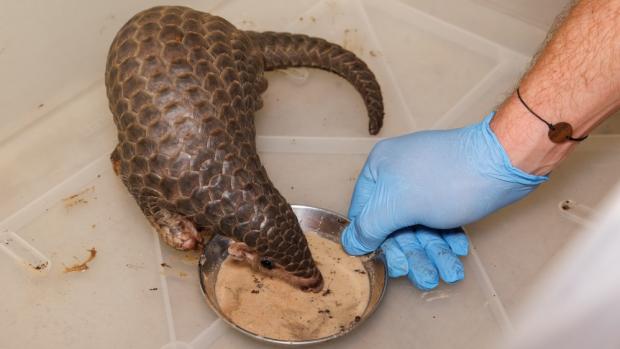 Connie eats the diluted mixture “flavoured” by the ants. Photo by Miroslav Bobek
Connie eats the diluted mixture “flavoured” by the ants. Photo by Miroslav Bobek
In the book The Breakfast with her Excellency I describe how the transition went smoothly in case of our first Chinese pangolin baby – famous Šiška. Unfortunately, with Connie it was a different story. Not only she was not interested in the mixture when she got it in a bowl, but also spreading the mixture on Connie’s mother Tang’s back didn’t help. This was supposed to imitate a situation in the wild, when the pangolin baby, riding on mother’s tail, tastes ants or termites, which crawl on the mother when she digs out their nests. But Connie ignored the mixture anyway. We knew from Taiwan Zoo that the transition from the mother’s milk to the mixture may take a long time, however, we watched with growing anxiety week after week how Connie is losing the advantage she had in her development, compared to Šiška. Her weight grew very slowly or even started stagnating. When the option of feeding Connie via tube was mentioned on a meeting less than three weeks ago, we knew that before we try this, we must come with some ideas.
It would be ideal to offer Connie live ants but getting them proved to be much more difficult than it might seem. In the end we brought a colony of Asian ants Camponotus nicobarensis from Vienna Zoo, but even before that our keepers tried everything possible, for example, frozen ants, ant pupae or small crickets. Nothing worked. Therefore, we were waiting with even higher excitement to see how “Viennese” ants would work. They were first introduced last Friday. Two days later – Sunday morning – I could see with my own eyes that they worked almost miraculously.
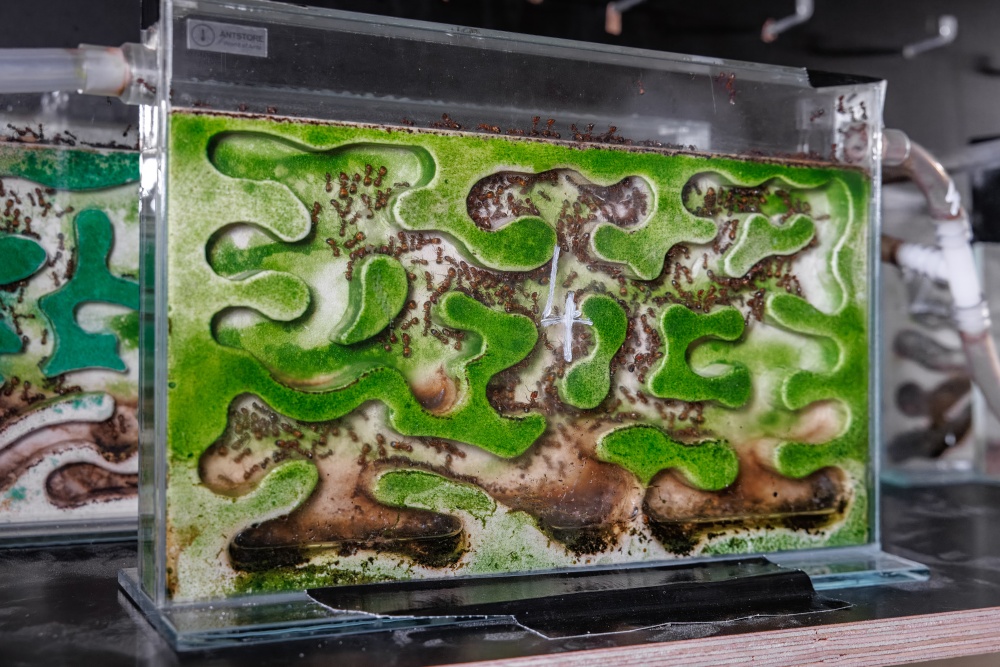
Part of the colony of Asian ants Camponotus nicobarensis in the background area of Indonesian Jungle. Photo by Miroslav Bobek.
After Connie twice passed by the bowl with the diluted mixture, showing no interest at all, David Vala brought a glass with about fifteen ants from the formicarium brought from Vienna. He shook them out into the mixture – and even when I knew what should follow, I didn’t believe my own eyes. Connie immediately turned around, came to the bowl and started eating the mixture with the ants. Within a minute she had eaten it all!
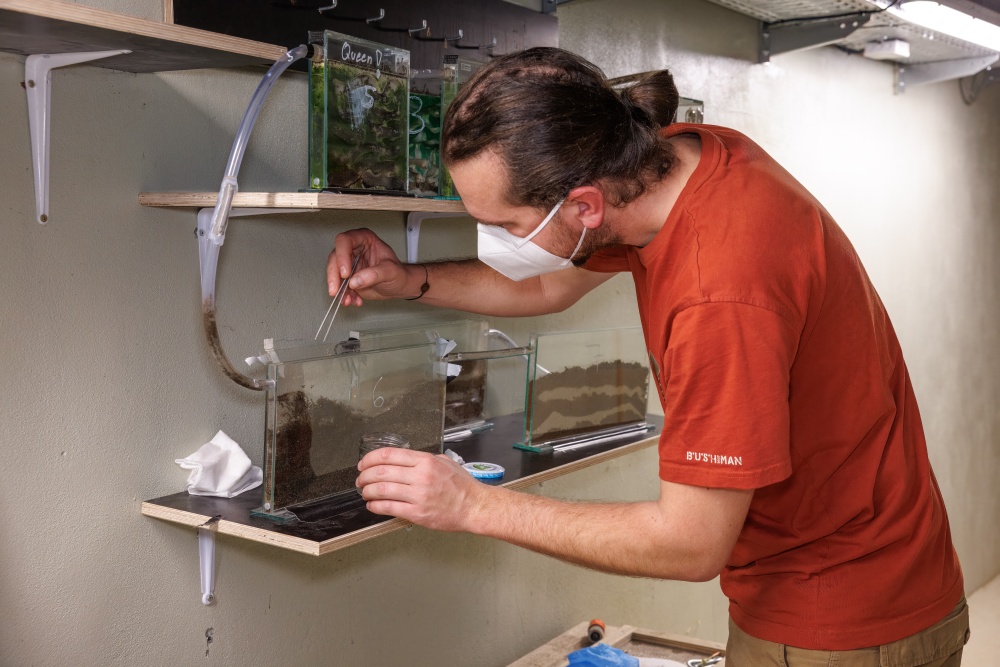
Before morning Connie’s feeding the keeper David Vala collects the ants. Photo by Miroslav Bobek.
It felt like a small miracle. But let’s not get ahead of ourselves. Connie’s transition to “solid” food seems to be on the right track, but it is not over yet. Please keep your fingers crossed to her and to us!
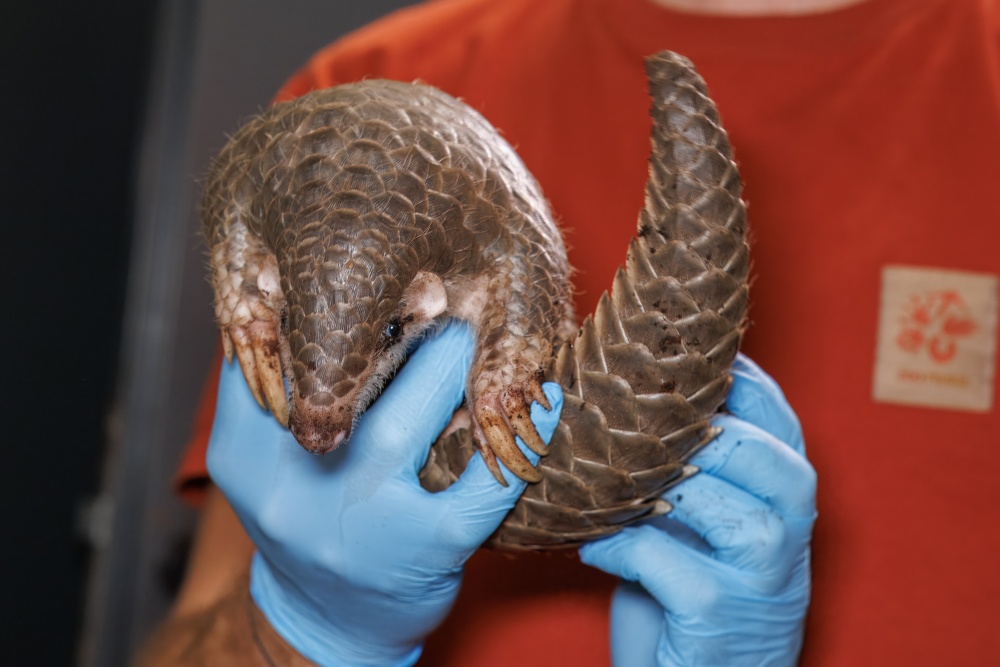
David Vala carries Connie to the feeding. Photo by Miroslav Bobek.
ZOOPRAHA.CZ
Contacts
- The Prague zoological garden
U Trojskeho zamku 120/3
171 00 Praha 7
Phone.: (+420) 296 112 230 (public relations department)
e-mail: zoopraha@zoopraha.cz
Others




